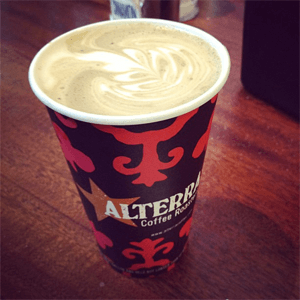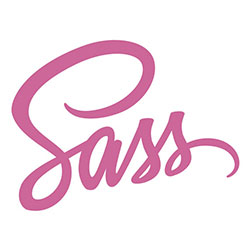Display Images as Grayscale with CSS Filters

CSS filters aren't yet widely supported but they are indeed impressive and a modern need for web imagery. CSS filters allow you to modify the display of images in a variety of ways, one of those ways being displaying images as grayscale.
Doing so requires the most minimal of CSS:
img.bw {
filter: grayscale(1);
}
You can even animate an image to or from grayscale:
img.bw {
filter: grayscale(0);
}
img.bw.grey {
filter: grayscale(1);
transition-property: filter;
transition-duration: 1s;
}
CSS filters allow much more than just grayscale adjustments, so if you haven't taken the time, please play around with my CSS filter sandbox. Remember that if the user chooses to download the image, it is downloaded in its original colored displays, but for online display purposes, CSS filters do the trick!
![Write Simple, Elegant and Maintainable Media Queries with Sass]()
I spent a few months experimenting with different approaches for writing simple, elegant and maintainable media queries with Sass. Each solution had something that I really liked, but I couldn't find one that covered everything I needed to do, so I ventured into creating my...
![CSS vs. JS Animation: Which is Faster?]()
How is it possible that JavaScript-based animation has secretly always been as fast — or faster — than CSS transitions? And, how is it possible that Adobe and Google consistently release media-rich mobile sites that rival the performance of native apps?
This article serves as a point-by-point...
![jQuery topLink Plugin]()
Last week I released a snippet of code for MooTools that allowed you to fade in and out a "to the top" link on any page. Here's how to implement that functionality using jQuery.
The XHTML
A simple link.
The CSS
A little CSS for position and style.
The jQuery...
![HTML5’s placeholder Attribute]()
HTML5 has introduced many features to the browser; some HTML-based, some in the form of JavaScript APIs, but all of them useful. One of my favorites if the introduction of the placeholder attribute to INPUT elements. The placeholder attribute shows text in a field until the...






I knew about CSS filters, but what always restrained me to use them is that they’re limited to Webkit/Blink browsers. Firefox supports just the url syntax.
Many designers love them and for a reason. I just wish they were more widely supported.
I cant find the difference between the 3 images. All images seems to be the same color! Is this a browser problem (firefox) or i don’t see it?
Yes, it doesn’t display the CSS filters effect in Firefox and also Opera… Hopefully it will be cross-browser in the future.
I haven’t used css filters so far and this article fits perfectly for a design I want to implement.
Thanks so much, great stuff
Is there a Firefox workaround for this?
Grayscale is even better appreciated when used in action. It works perfectly on latest version of Chrome and firefox as seen on http://www.myweeblytricks.com/2014/09/weebly-tricks-72-grayscale-image.html
Unfortunately it does not work in IE11.
Check this, it worked for me perfectly: https://chrome.google.com/webstore/detail/grayscale-black-white-col/cjimlckjgclgboeebpjlipmokolejppk?hl=en (Chrome only) Using this app I can convert any web page to black & white color scheme.